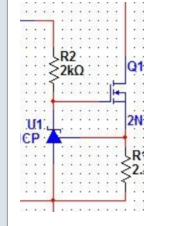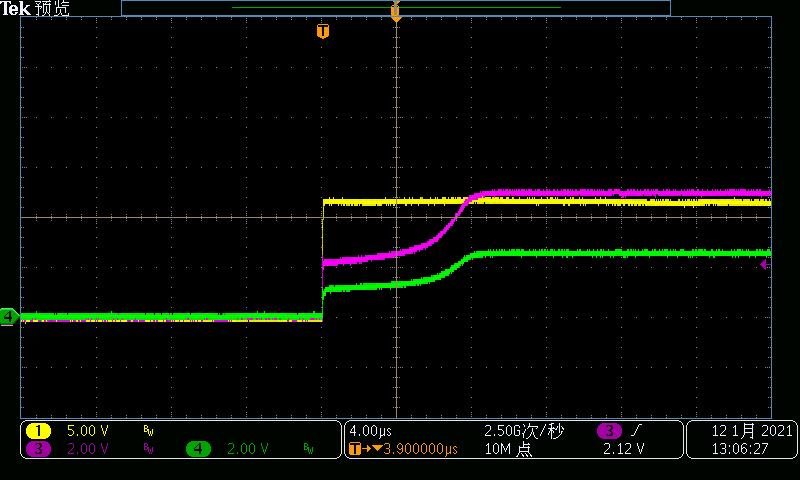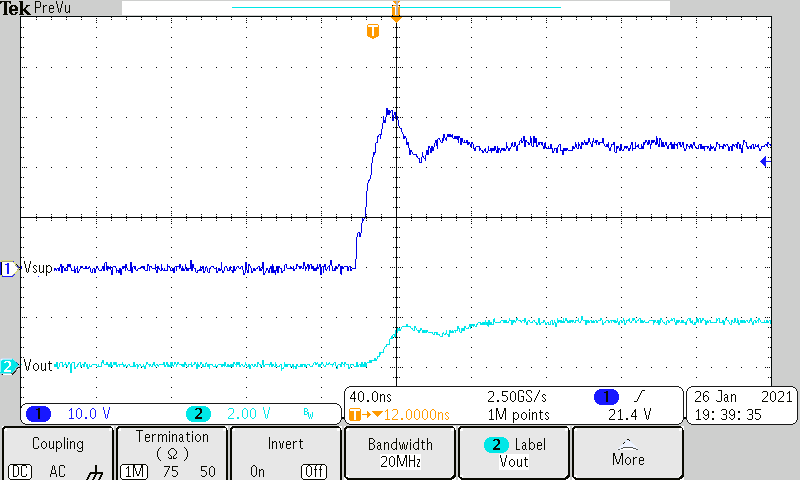Hi team,
My customer wants to use TL431 as below example in our datasheet.
But to improve the BJT voltage endurance, they want to replace the BJT with a NMOS as below picture. Do you think this circuit can still realize the constant current source function? Thanks.
Best regards,
Wayne





